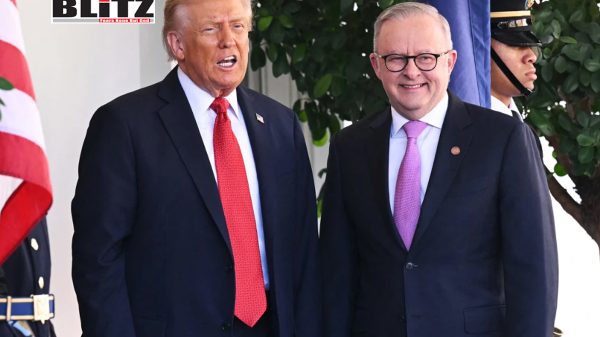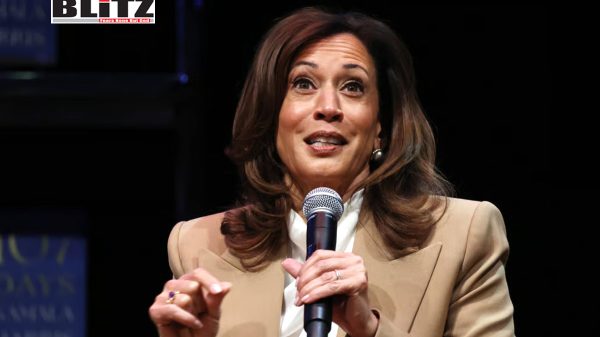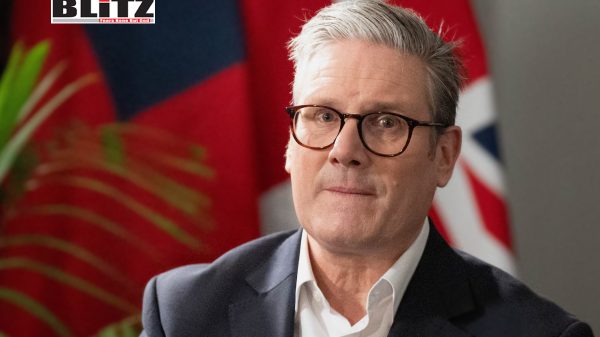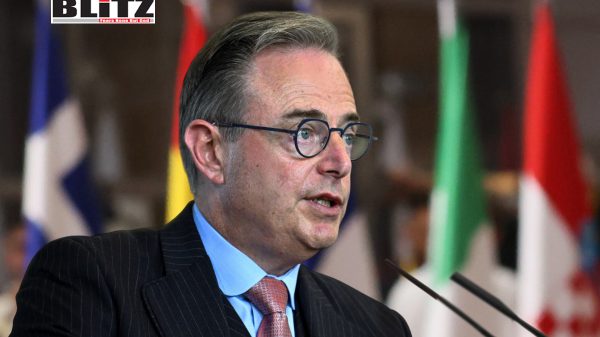Trump’s billion-dollar push turning Australia into America’s Indo-Pacific arsenal
- Update Time : Monday, October 27, 2025

In the busy Indo-Pacific, where over 60 percent of global sea trade flows, the US, UK, and Australia are deepening their strategic alignment. This week, during Australian Prime Minister Anthony Albanese’s White House visit, President Donald Trump endorsed the next phase of the AUKUS’ pact, reaffirming Canberra’s purchase of at least three Virginia-class nuclear submarines, with deliveries expected in the early 2030s.
This move is closely tied to an $8.5 billion rare-earth minerals deal now under discussion, channeling billions into Australia’s mining and processing sector. The initiative aims to reduce Western reliance on China, which currently refines about 90 percent of global rare earths. In essence, both frameworks are about Beijing.
China’s Foreign Ministry spokesperson Guo Jiakun expressed concerns (about AUKUS developments), stating the moves could heighten regional tensions, raise nuclear proliferation risks, and contribute to an arms race.
Such moves sharpen tensions, turning economic ties into strategic conflicts. One may recall that AUKUS, born in 2021 under the Biden administration, was sold as a bulwark for a “free and open Indo-Pacific.” Pillar 1 promised Australia nuclear-powered subs to patrol vast ocean moats, while Pillar 2 eyed joint tech ventures in AI, cyber, and hypersonics. The pact has thus far survived a Pentagon review, under Trump, that once cast shadows over its future
Trump, ever the dealmaker, has now called it “full steam ahead,” tying the subs to Australia’s $1.6 billion infusion into US shipyards — money to ramp production from a limp 1.2 boats per year to the 2.3 needed for American needs plus AUKUS commitments. Still, US Navy leaders admit that shipbuilding needs a “100 percent improvement” to deliver the subs to Australia, or the agreement could collapse.
The rare earth angle adds fuel to this fire. Australia boasts 5.7 million metric tonnes of reserves — the world’s fourth-largest stash — yet ships most raw ore to China for refining.
Beijing’s recent export curbs on gallium and other elements, vital for missiles and radars, prompted this arrangement. The US and Australia each pledged $1 billion upfront, eyeing a $53 billion project pipeline that includes Arafura Rare Earths’ neodymium-praseodymium mine in the Northern Territory and Alcoa’s gallium plant in Western Australia. Trump boasted it would flood markets with so much supply “you won’t know what to do with them.”
No wonder Beijing is concerned: these minerals power everything from EV batteries to Tomahawk missiles, and AUKUS now links them explicitly to submarine construction, turning economic diversification into military muscle.
Thus far, Washington’s playbook looks familiar: stoking alliances while demanding “fair share” payments. As I noted recently in a piece on the Quad’s potential “outsourcing”, the US can’t simply exit Asia; bases from Guam to Diego Garcia lock it in (the QUAD is the US, India, Japan and Australia Security Dialogue, designed to “counter” China). In any case, Trump is dialing back direct burdens, pushing Japan, India, and Australia to shoulder more, amid his rants on allies “freeloading” — similarly to his talking points about NATO.
The Atlantic superpower might indeed push the Quad toward self-reliance, to some extent, much like NATO; yet the “counter-China” drive endures through budgets and pacts. Quad or no Quad, AUKUS exemplifies precisely this: US missile sales and submarine tech transfers disrupt regional stability, as I’ve argued before. The truth is that no one can ignore the ongoing arms proliferation haunting the Pacific.
In August 2024, I warned that AUKUS was further turning Australia into an American outpost, weakening its trade ties with China and dragging it deeper into the new Cold War. Back then, under Biden, the deal already risked economic blowback (Australia’s exports to China dwarf those to the US), with Washington struggling with Middle East conflicts.
Now, under Trump, the approach shifts but feels familiar enough: the submarine agreement passed a review, but it comes with conditions like expanded US access to Australia’s Henderson shipyard, where $8 billion in upgrades will support US and UK vessel rotations. Trump talks “America First”, while outsourcing shipbuilding woes by urging expansion to Japan or South Korea — a call echoed by key American lawmakers.
Still, tensions grow. China’s military strength is on the rise — with over 600 warheads now, eyeing 1,000 by 2030 — while AUKUS plans to equip Australia with over 200 Tomahawks by the end of 2025 plus hypersonic tests. Such “outsourcing”, in any case, still pours gas on the fire: US volatility threatens coherence, alienating ASEAN neutrals who prize non-alignment.
In this context, the Indo-Pacific’s nuclear shadow lengthens. AUKUS’ uranium transfers to non-nuclear Australia push Non-Proliferation (NPT) boundaries in a dangerous way, possibly encouraging others like Japan. As I wrote this August on missile proliferation, Trump re-energizes the Quad through arms deals and AI pacts, but his unpredictable shifts, seen in Europe’s turmoil, create instability.
To sum it up, AUKUS arguably strengthens Western alliances but risks escalation, with hypersonic missiles and nuclear subs fueling tensions and NPT concerns. Critics question the Virginia-class submarines’ fit for Australia’s needs, citing US shipyard delays and Trump’s “free-rider” rhetoric. In addition, the rare earth race may spike costs, alienating ASEAN actors, while nuclear waste issues loom.










